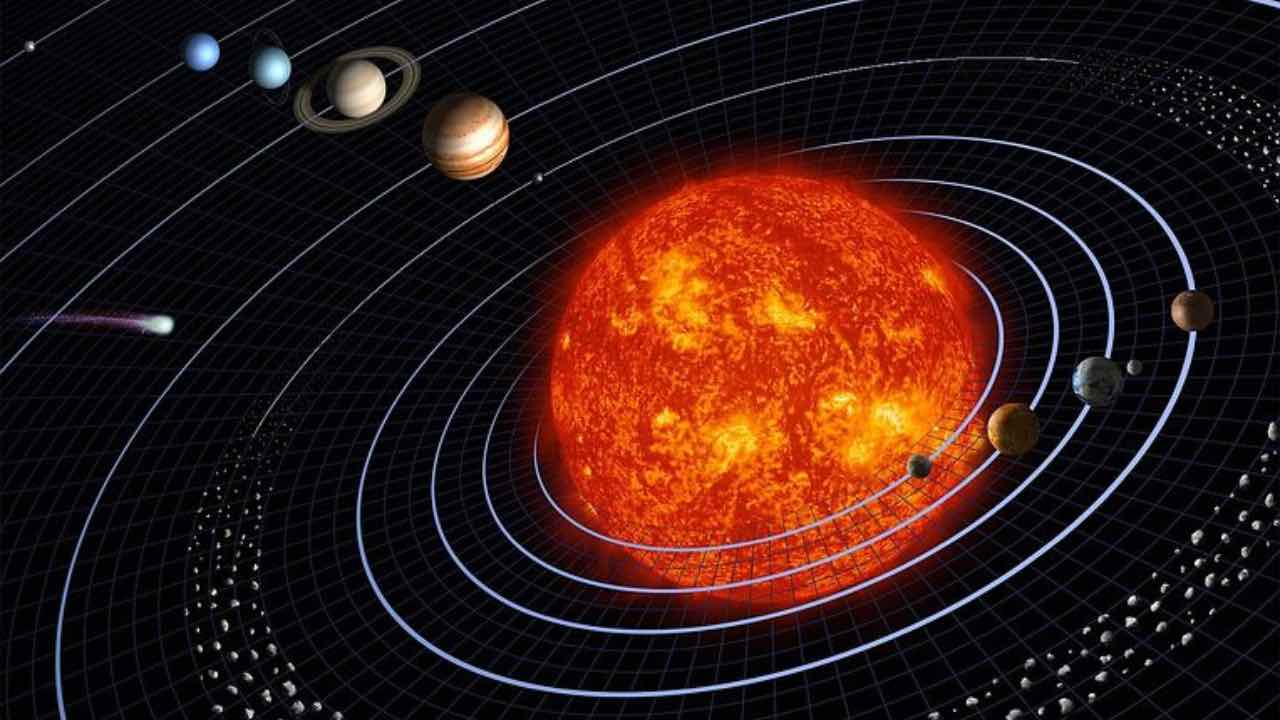The physical characteristics of this planet have been studied mainly through the observation of the transit of the planet in front of its star, a phenomenon that allows to detect the variations in brightness that occur when the planet passes in front of the star, partially obscuring it.
Thanks to this technique, astronomers were able to estimate the radius of the planet, which turns out to be about 40% larger than that of Jupiter.
What makes it so interesting is its status transition: in fact it seems to be in the process of transforming from a “mini-Neptune” type planet to one Super-Terra. So let’s try to find out more about this planet.
HD 207496b: the planet in transition
According to scientists, therefore, HD 207496b is a planet in transformation. But what does this mean? In essence, this planet appears to have a very different composition from the planets in our solar system. There would, in fact, be a mix between gaseous atmosphere and a global ocean.
This has led scientists to speculate that the planet contained a significant amount of water and gases in its composition. Furthermore, thanks to the modeling of its internal structure, it was possible to deduce that the planet’s envelope was rich in water, gas or a mixture of both.
Making HD-207496b even more fascinating is its possible transformation into a Super-Earth. Currently, the planet has a massa of 6.1 times that of the Earth and a radius of 2.25 times its own. However, its density is lower than that of our planet, which suggests the presence of a large amount of water and gases in its composition.
These feature could lead the planet to shrink and become a Super-Earth over time. Furthermore, the youth of HD-207496b represents aunique opportunity for scientists to study this transformation process.
The star around which the planet orbits is relatively young, only 520 million years old, which means that HD-207496b is still in a developmental stage. This gives scientists the opportunity to study the planet in a transitional stage before it becomes a super-Earth.
FOR ALL THE OTHER UPDATES AND LATEST NEWS, YOU CAN FOLLOW US ON OUR SOCIAL CHANNELS: TELEGRAM E INSTAGRAM
